What to Do With Grass Clippings: Stop Trashing Your Lawn’s Best Secret
I’ve spent years working on every kind of lawn you can imagine, from small backyard patches to the pristine fairways of golf courses. And if there’s one thing I see homeowners get wrong time and time again, it’s what they do with their grass clippings. The go-to move is to bag ’em up and haul ’em to the curb. I get it. It looks tidy. But honestly, you’re throwing away a free, high-quality product your lawn made just for you.
In this article
- What’s Actually Inside a Blade of Grass?
- Grasscycling: The Pro’s #1 Move
- The Big Myth: Do Clippings Cause Thatch?
- When You Absolutely SHOULD Bag Your Clippings
- Common Grasscycling Problems & Quick Fixes
- Using Clippings as Garden Mulch
- Supercharge Your Compost Pile
- Dealing with an HOA
- A Critical Safety Warning About Animal Feed
- Ready for a Quick Win?
- Inspirational Gallery
Think of it this way: each blade of grass is a little nutrient packet pulled directly from your soil. When you bag them, you’re literally shipping away the very nutrients you paid for in fertilizer, only to buy more fertilizer later. It’s a crazy cycle. The pros figured this out a while ago and shifted from a disposal mindset to a reuse model. It’s better for your lawn, the planet, and your wallet.
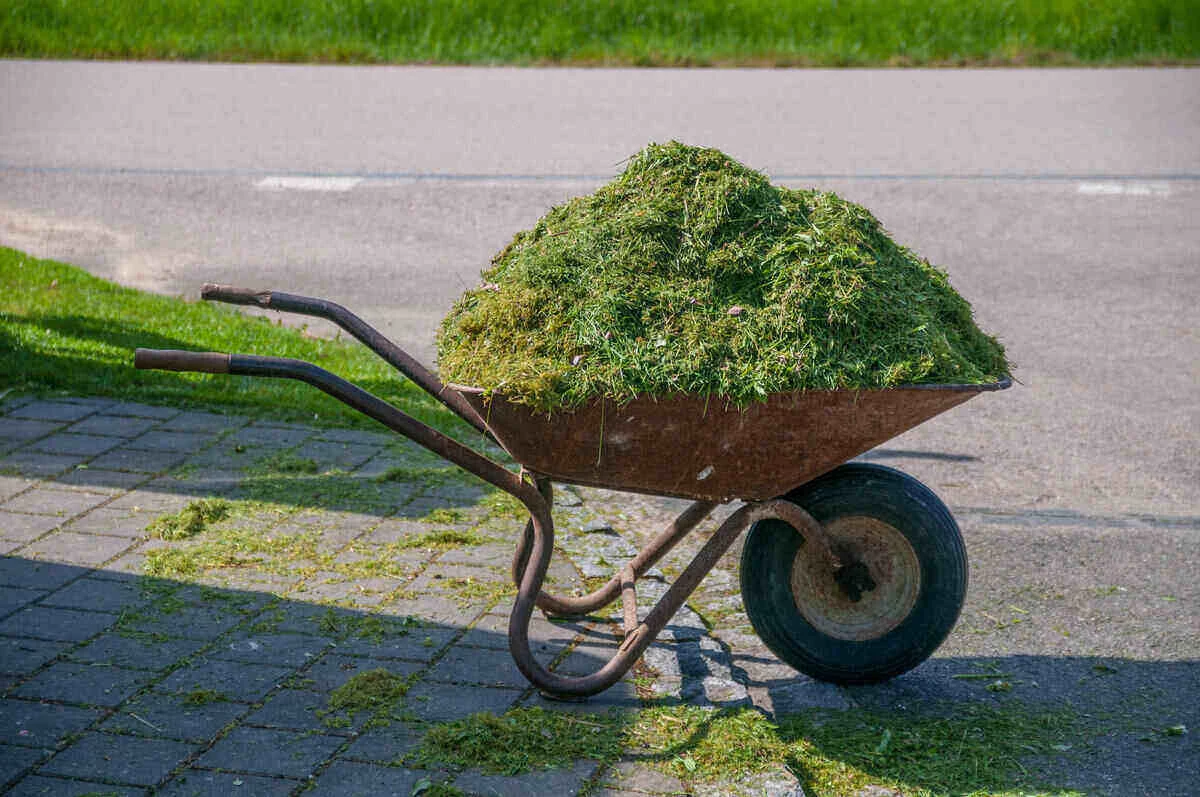
So, let’s break down how to use this green gold the right way, based on what actually works in the field.
What’s Actually Inside a Blade of Grass?
Before we dive into the methods, you gotta know what you’re working with. A fresh grass clipping isn’t just green fluff; it’s about 80-85% water. The rest is a powerhouse of essential goodies. We’re talking a nutrient profile of roughly 4% nitrogen (N), 0.5% phosphorus (P), and 2% potassium (K). For a little perspective, a standard bag of fertilizer might be labeled 10-10-10. While the clippings are less concentrated, the nutrients are in a natural, slow-release form that your soil can easily digest.
Another key idea is the Carbon-to-Nitrogen (C:N) ratio. This just means how fast something rots. Grass clippings are a strong “green” material, full of nitrogen, with a C:N ratio around 20:1. This makes them decompose super fast. That’s great, but if you don’t manage it, you get a stinky, slimy mess. Knowing this little bit of science is the key to avoiding the common mistakes.
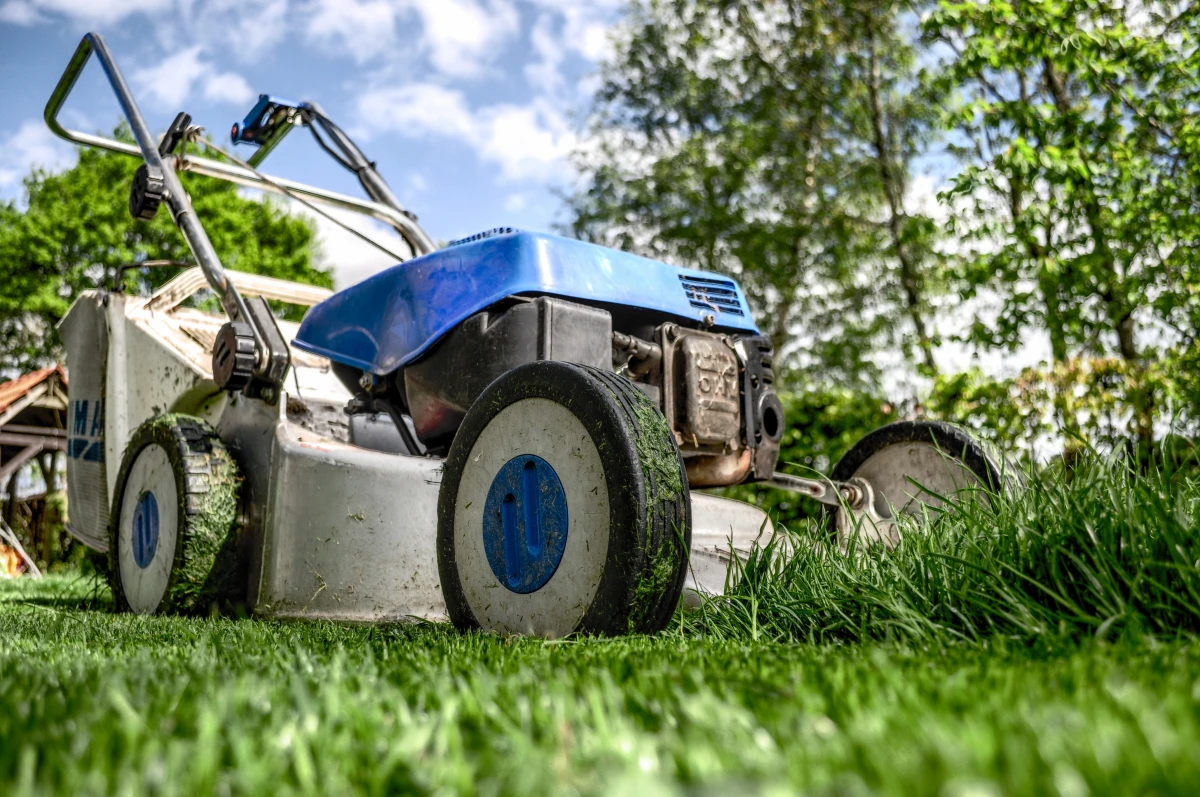
Grasscycling: The Pro’s #1 Move
By far, the best thing to do with your grass clippings is to just leave them on the lawn. It’s a practice called “grasscycling,” and it’s the first thing I recommend to people who want a healthier lawn without spending more money. When you do it right, it can provide up to 25% of your lawn’s yearly fertilizer needs. For free.
But you can’t just unhook the bag and call it a day. Technique is everything.
Getting Grasscycling Right
Here are the non-negotiable rules I’ve learned from years of trial and error:
1. The One-Third Rule: This is the golden rule of mowing. Never, ever cut more than one-third of the grass blade’s height at once. So, if you want your lawn to be 3 inches tall, you need to mow when it hits 4.5 inches. Hacking off more than that shocks the plant, forcing it to focus on regrowing leaves instead of strong roots. Following this rule also means the clippings are short, so they fall down between the grass blades and disappear instead of clumping up.
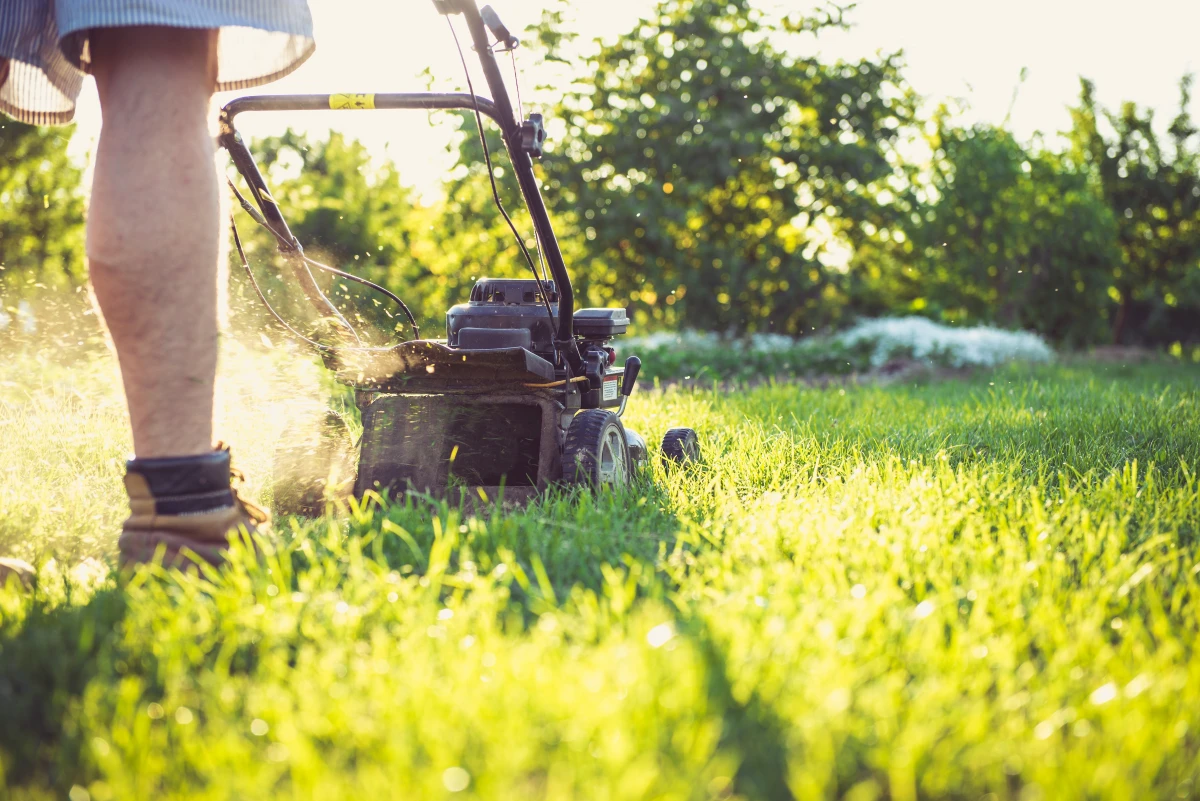
2. Mower & Blade Health: A sharp mower blade is a must. A sharp blade gives a clean, surgical cut that the grass can heal from quickly. A dull blade just rips and tears the grass, leaving a jagged wound that invites disease and makes the tips turn brown. A mulching mower is your best friend here, as its special deck and blade recut the clippings into tiny bits before dropping them.
Heads up! You don’t need a fancy service. You can get a blade sharpened at most local hardware or mower repair shops for about $10-$20. Or, if you’re a DIY type, a blade sharpening kit with a file costs around $15 online. It’s a small investment with a huge payoff.
3. Mowing Conditions: To grasscycle, you’ll need to mow more often—every 5 to 7 days during peak growing season. And ALWAYS mow a dry lawn. Mowing wet grass is the biggest mistake you can make. The wet clippings stick together in big, ugly clumps that smother the healthy grass and create a perfect breeding ground for fungus.

The Big Myth: Do Clippings Cause Thatch?
Let’s tackle the number one reason people give for bagging their clippings: the fear of thatch. I hear it constantly. “Won’t leaving the clippings create a thick layer of thatch?”
The short answer is no. Not if you’re doing it right.
Thatch is a layer of tough, woody, slow-to-decompose stems, rhizomes, and roots that builds up between the soil and the green grass blades. Grass clippings, on the other hand, are mostly water and tender leaf tissue. They break down way too quickly to contribute to a real thatch problem. In fact, a healthy layer of microbial life fueled by decomposing clippings can actually help break down existing thatch. Thatch problems are usually caused by over-fertilizing with synthetic chemicals, soil compaction, or poor watering—not by grasscycling.
When You Absolutely SHOULD Bag Your Clippings
A good pro knows when to break the rules. There are a few situations where I will always, without question, put the bag back on the mower.
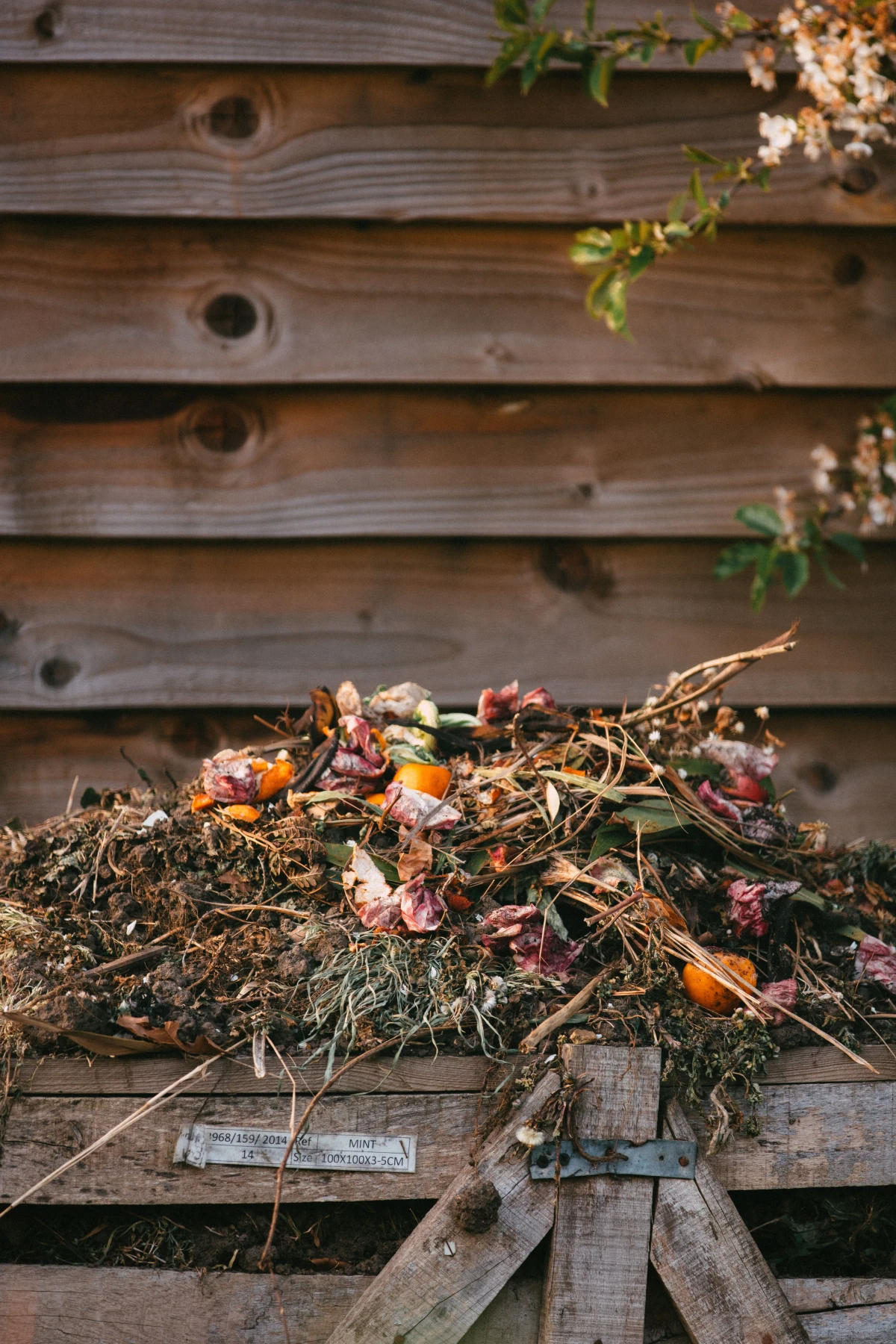
- Lawn Disease: If you see signs of fungal disease, stop grasscycling immediately. The mower will just spread the spores everywhere. Look for visual cues like bleached, silver-dollar-sized circles (that’s dollar spot) or weird reddish threads on the grass blades (that’s red thread). Bag your clippings until you’ve treated the issue and the lawn has recovered.
- Major Weed Problems: If your lawn is overrun with weeds that have gone to seed (think dandelions or crabgrass), bagging is your best bet. Otherwise, you’re just using your mower to perfectly plant thousands of new weed seeds across your entire yard.
- First & Last Mow of the Season: I often bag the first cut in the spring to suck up any lingering winter debris. For the last mow in the fall, especially if there are a lot of leaves, bagging can prevent a thick mat from forming that might suffocate the turf over the winter.
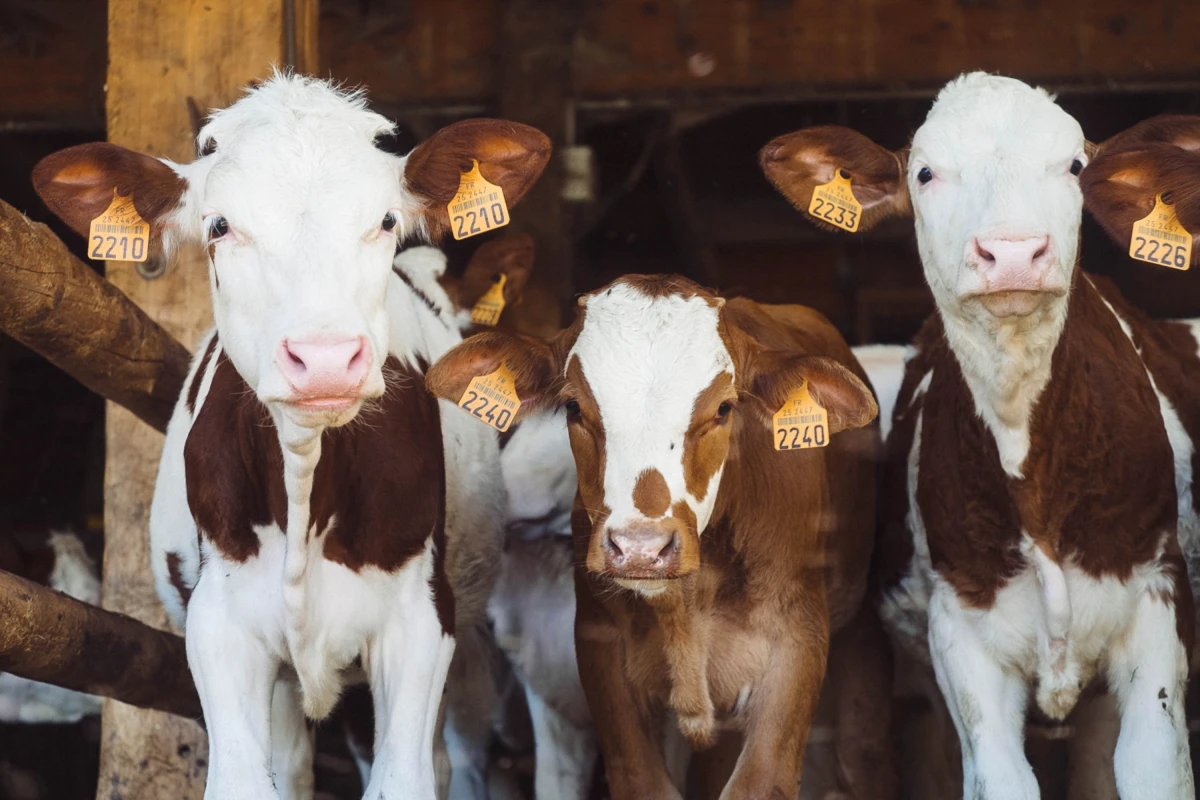
Common Grasscycling Problems & Quick Fixes
Okay, so you tried it, and now you have clumps of clippings sitting on your lawn. Don’t panic! This is usually an easy fix.
Problem: Ugly clumps of wet grass on the lawn.
Cause: You probably mowed wet grass or let the grass get too tall before cutting.
The Fix: Wait for the clumps to dry out a bit, then run them over again with the mower (with the blades engaged) to break them up. A leaf blower on a high setting also works wonders for scattering them. Next time, make sure the lawn is bone dry before you start.
Problem: The clippings seem to be sitting on top and not disappearing.
Cause: The grass was too long, resulting in clippings that are too big to fall into the turf canopy.
The Fix: Rake them out lightly to spread them around. And for the next mow, be sure to follow the one-third rule. You may need to mow a bit more frequently until you get the hang of the timing.
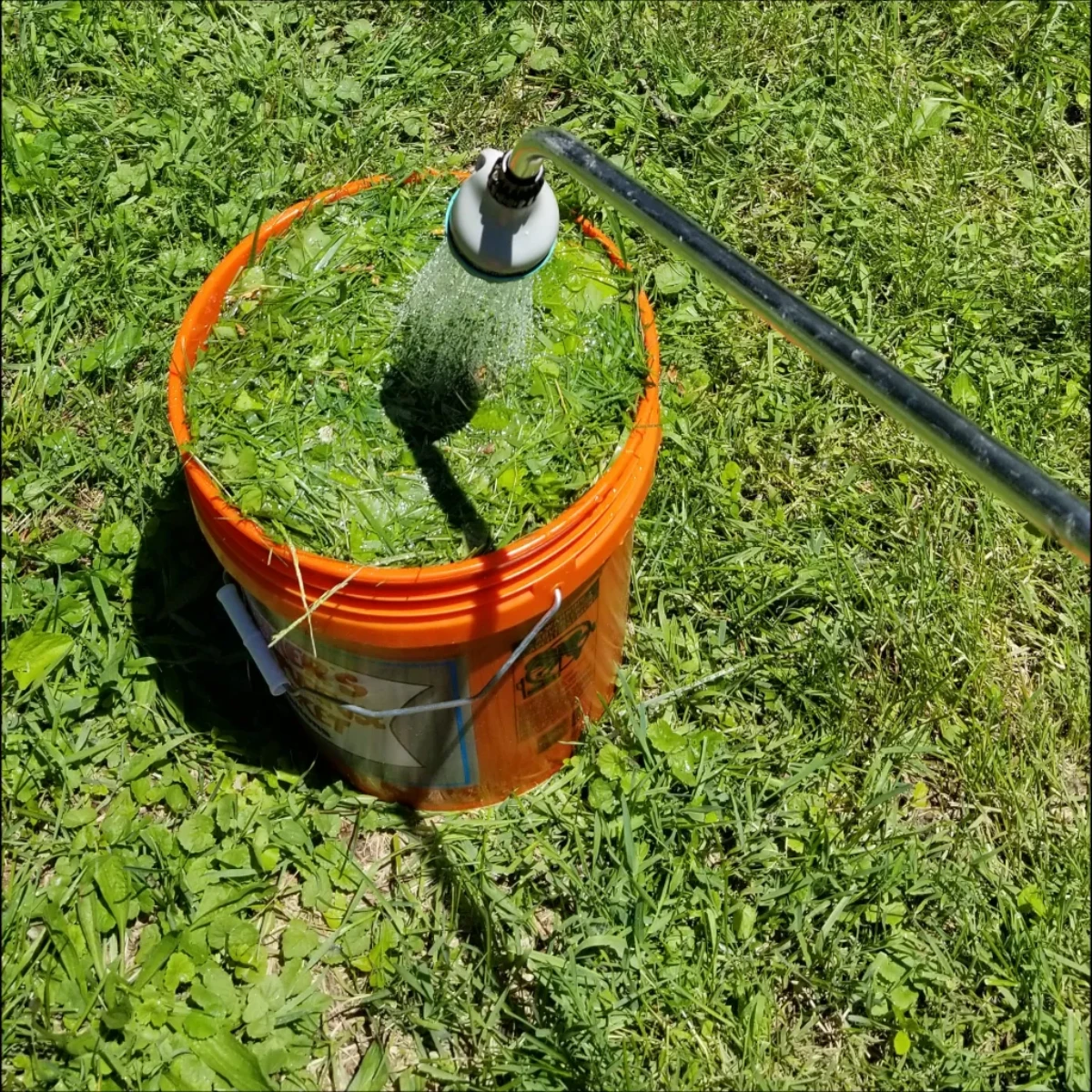
Using Clippings as Garden Mulch
Your flower and veggie gardens can also get a boost from grass clippings, but you can’t just dump a fresh, green pile around your prize-winning tomatoes. I learned that the hard way. A thick layer of fresh clippings turns into a slimy, stinky, waterproof mat that suffocates soil and plant roots.
The trick is to dry them first. Spread the fresh clippings out on a tarp in the sun for a day or two, turning them with a rake. They’ll become dry and hay-like. This “cured” material is perfect for mulching. Apply a one-to-two-inch layer around established plants to suppress weeds and hold in moisture.
By the way, what if it’s rainy and you can’t dry them? Here’s a hack: mix the fresh, wet clippings with a double volume of “brown” materials—things like shredded cardboard, dry fall leaves, or straw. The browns will soak up the extra moisture and balance out the nitrogen, preventing that slimy mess entirely.
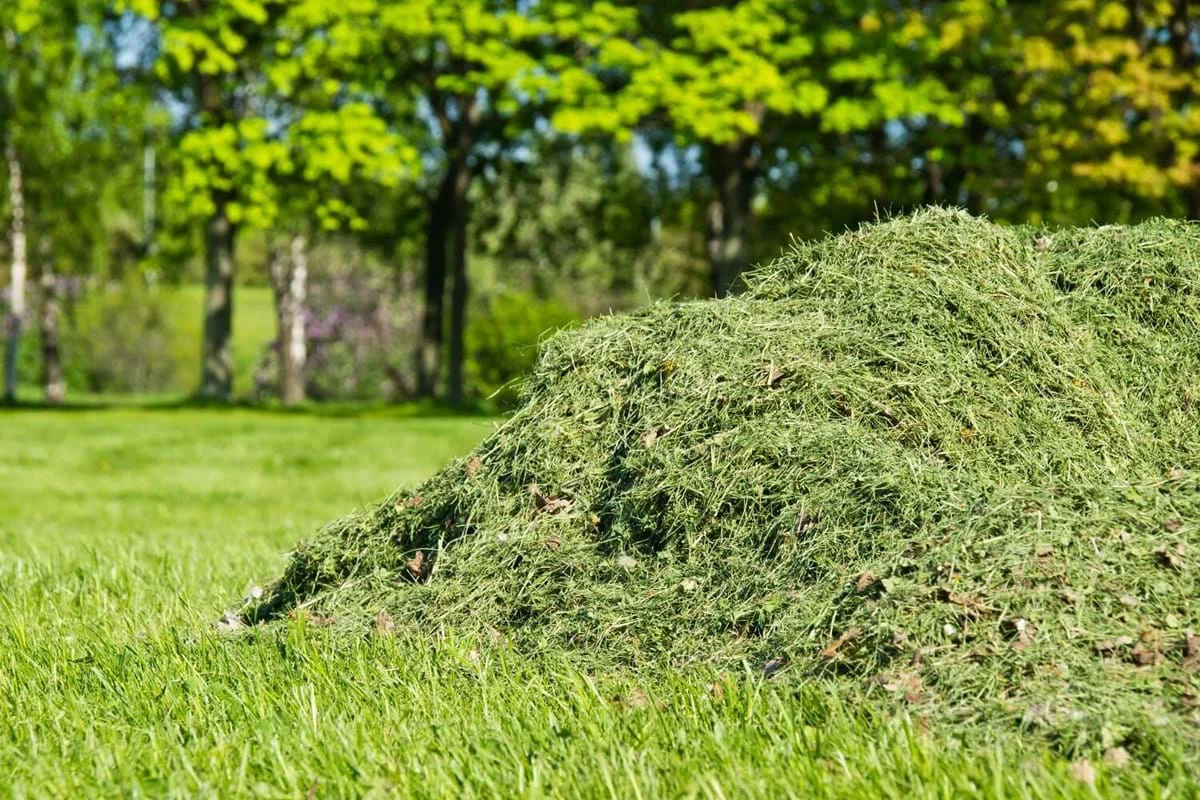
Supercharge Your Compost Pile
Grass clippings are like rocket fuel for a compost pile. Their high nitrogen content gets the beneficial microbes working, heating the pile up to the 140-160°F range needed to kill weed seeds and pathogens. But again, balance is key.
Never just dump a huge load of fresh clippings in at once. You’ll create a stinky, anaerobic mess. Instead, think in layers. Add a 2-3 inch layer of “green” grass clippings, then cover it with a 4-6 inch layer of “browns” like dry leaves, shredded newspaper, or cardboard. This keeps the C:N ratio happy and ensures there are air pockets for decomposition to happen properly.
A quick tip: if your lawn has been treated with any weed killers, be very careful. Some herbicides can survive the composting process and could harm your garden plants later. I usually keep a separate, long-term compost pile for treated clippings or just avoid using them on my vegetable beds altogether.
Dealing with an HOA
Oh yeah, the HOA. Some associations have strict rules that require bagging. If you’re in this boat, you have a couple of options. You could approach the board and present the environmental and cost-saving benefits of grasscycling—some are open to modernizing their rules. But if that’s a no-go, your best alternative is to bag the clippings and become a master composter. A well-managed compost bin is clean, odor-free, and turns your “waste” into black gold for your garden beds, which your HOA can’t argue with.
A Critical Safety Warning About Animal Feed
This is important, so I’m going to be blunt: NEVER feed grass clippings to animals if the lawn has been treated with any pesticides, herbicides, or synthetic fertilizers. These chemicals are concentrated in the grass and can be toxic.
Even if your lawn is 100% organic, a pile of fresh clippings is dangerous. It starts to ferment and heat up almost immediately. If an animal like a horse, goat, or even a rabbit eats these hot, fermenting clippings, it can cause colic or bloat, which can be fatal. It is not the same as hay.
If, and only if, your lawn is completely untreated, you can offer a small handful of fresh clippings to chickens or ducks, scattered thinly so they can’t eat a fermented pile. But my personal rule is simple: when in doubt, it goes in the compost, not the feed bowl. It’s just not worth the risk.
Ready for a Quick Win?
Feeling a little overwhelmed? Don’t be. Here’s your first step.
The next time you mow (and assuming the grass is dry and not overgrown), just take the bag off your mower. That’s it. You’ve officially started grasscycling. See how it looks and feels. You’re not just saving time and effort; you’re actively feeding your soil and building a more resilient, self-sufficient lawn. It’s a small change in habit that pays off big time.
Inspirational Gallery
Will leaving clippings on the lawn cause thatch buildup?
That’s a common myth, but the answer is no. Grass clippings are about 85% water and decompose rapidly. Thatch is actually a layer of slow-to-decompose grass stems, roots, and rhizomes that builds up near the soil surface. Proper mowing and healthy soil biology—encouraged by grasscycling—actually help break down thatch faster.
Mulching Mower: Specifically designed with a domed deck and special blades (like the dual-blade systems on some EGO Power+ models) that cut grass blades into tiny pieces, forcing them back down into the turf where they disappear.
Standard Side-Discharge Mower: Can still be used for grasscycling, especially on dry days. The clippings will be larger, so it’s crucial to follow the 1/3 rule to avoid clumps. Raking may be needed if the grass is too long.
For the best, most invisible results, a dedicated mulching mower is the superior choice.
A healthy lawn can produce over 400 pounds of grass clippings per 1,000 square feet each year. That’s a huge amount of organic matter you can either throw away or put to work.
When adding nitrogen-rich grass clippings to your compost bin, you need to balance them to avoid a slimy, smelly mess. The key is adding carbon-rich “browns.”
- Mix in a ratio of roughly one part grass clippings (greens) to two parts brown materials.
- Good “browns” include dry leaves, shredded newspaper or cardboard, and small twigs.
- Turn the pile weekly to aerate it, which speeds up decomposition and prevents foul odors.
Important note on pesticides: If you use chemical herbicides or pesticides on your lawn, think twice before using those clippings in your vegetable garden. Residues can persist and may harm your edible plants. It’s best to either grasscycle these clippings back onto the lawn or send them to a municipal composting facility that can process them safely.
- It smothers weeds by blocking sunlight.
- It retains soil moisture, reducing your watering needs.
- It provides a slow-release nitrogen boost as it decomposes.
The secret? Use your grass clippings as a garden mulch. Apply a thin layer (no more than an inch) around your vegetables or flowers. Let it dry before adding another layer to prevent matting.
According to the University of Minnesota Extension, letting clippings return to the lawn can reduce your annual fertilizer use by 25 to 30 percent.
Imagine cutting your fertilizer bill by a quarter, just by changing how you mow. This isn’t just a cost saving; it’s reducing the chemical load on your local ecosystem and relying on a natural, sustainable cycle your lawn already knows how to use.
The ultimate set-it-and-forget-it approach to grasscycling is the robotic mower. Models like the Husqvarna Automower or Worx Landroid don’t wait for the lawn to get long. They trim a tiny amount of grass almost daily, dropping minuscule clippings that are completely invisible. This constant micro-mowing is the perfect application of grasscycling, feeding the lawn continuously without any effort on your part.
Think of your lawn’s soil as a bustling city of earthworms and microbes. When you leave your grass clippings, you’re not just feeding the grass—you’re feeding this entire underground workforce. Earthworms pull the clippings down, aerating the soil, while microbes break them down into pure nutrients. A lawn fed this way develops a richer, darker, more resilient soil structure over time.
Is it a good idea to use grass clippings to start seeds?
While excellent for mulch or compost, fresh grass clippings are not ideal as a seed-starting medium. As they decompose, they generate heat that can cook delicate seedlings. Furthermore, their rapid breakdown can lead to compaction and reduced air circulation, which is fatal for new roots. Stick to specialized, sterile seed-starting mixes for best results.










